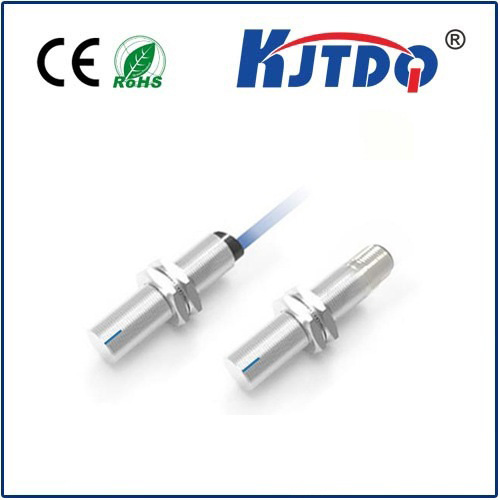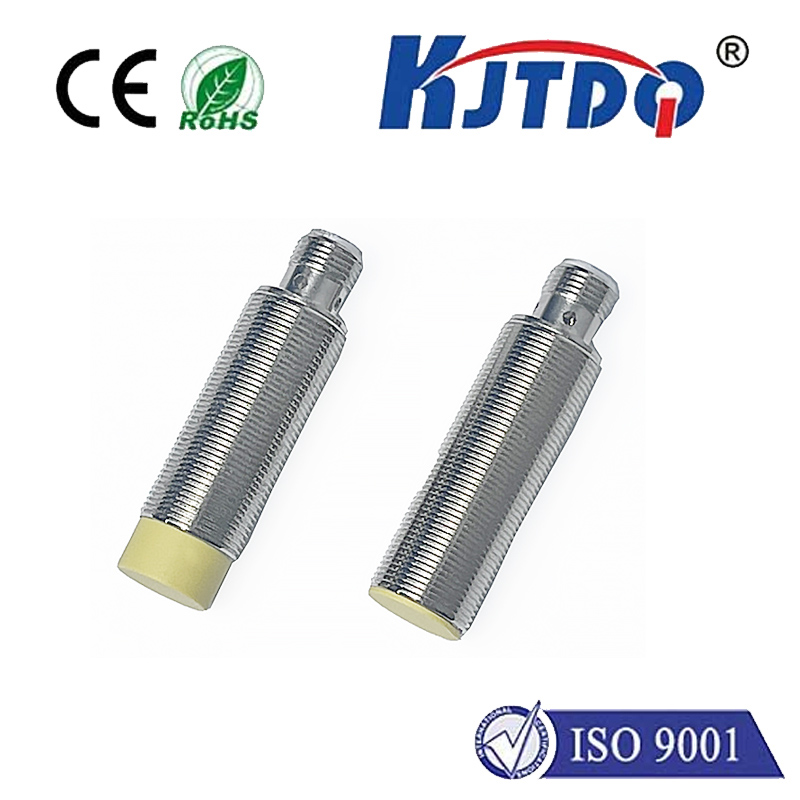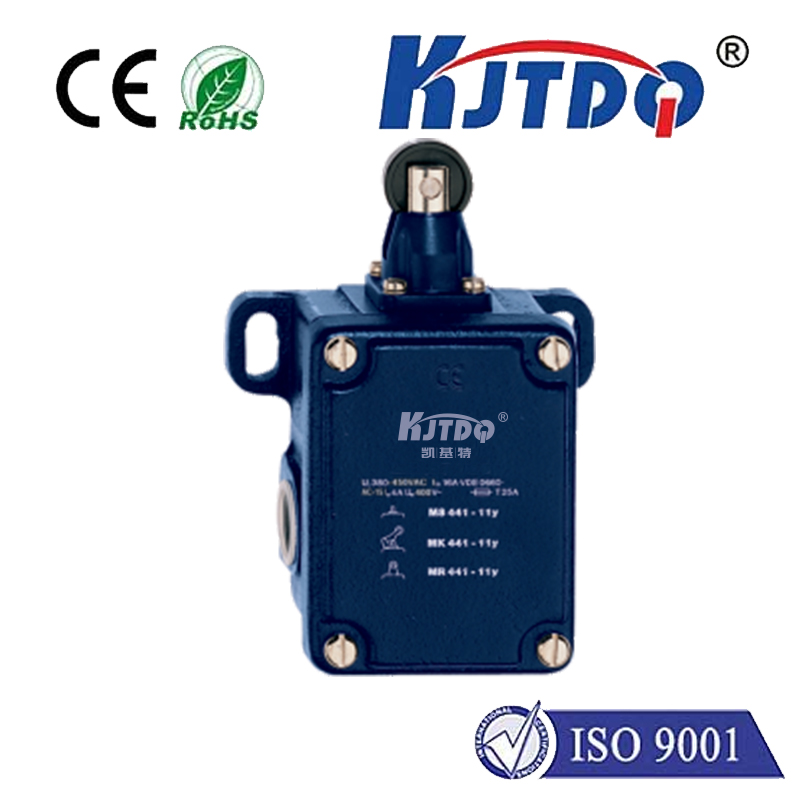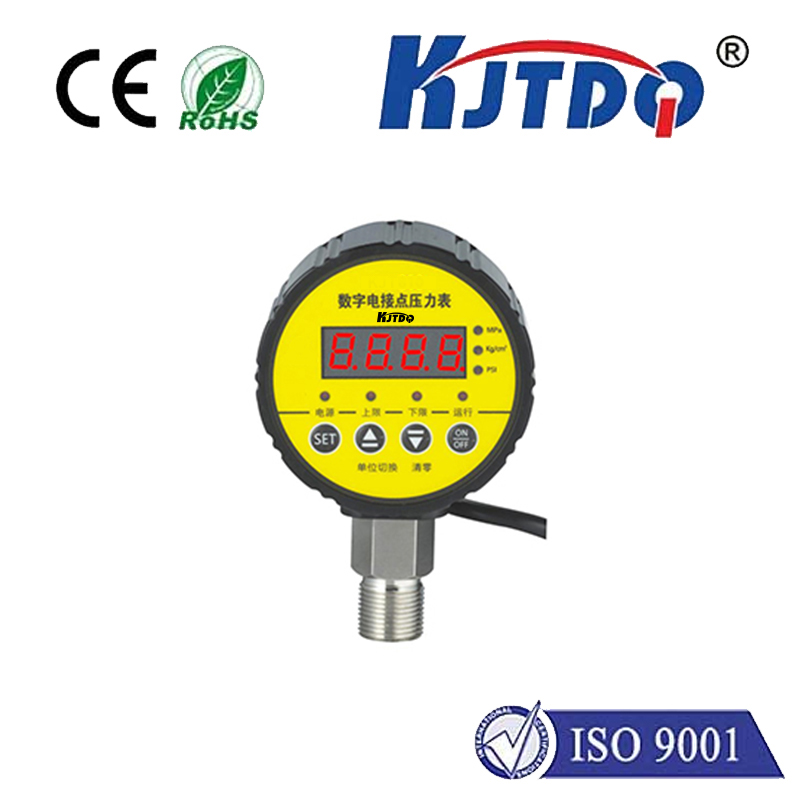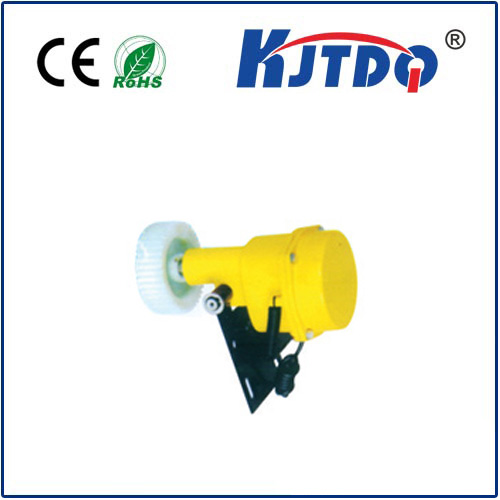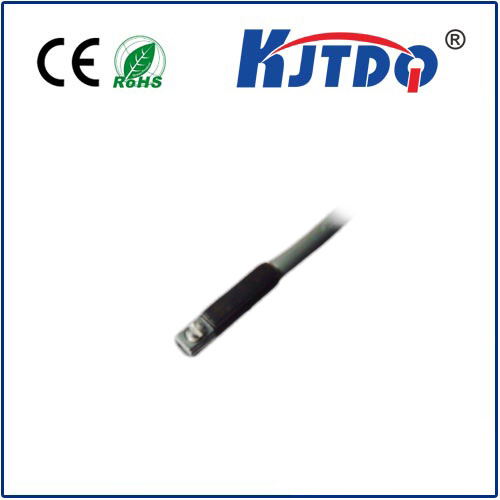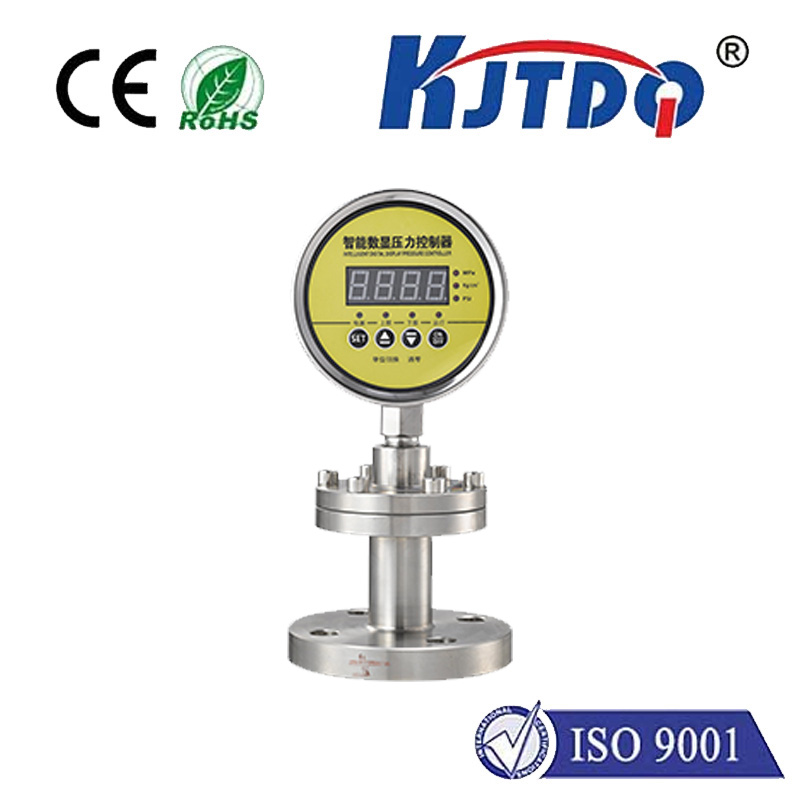fibre optic sensor working
- time:2025-08-14 15:14:30
- Click:0
How Fibre Optic Sensors Work: Illuminating Measurement with Light
Fibre Optic Sensor Working Principle: Harnessing Light for Precision Sensing
Imagine measuring temperature deep within a jet engine, detecting minuscule pressure changes in a medical stent, or monitoring structural integrity across kilometres of pipeline – all using strands of glass thinner than a human hair. This isn’t science fiction; it’s the remarkable reality enabled by fibre optic sensors. Understanding the fibre optic sensor working principle unlocks the potential of this transformative technology, which leverages the fundamental properties of light travelling through optical fibres to gather critical data from environments where conventional sensors falter. Their unique operation makes them indispensable across industries demanding high precision, immunity to interference, and operation in extreme conditions.
The Foundation: Light Guiding and Total Internal Reflection
At the heart of every fibre optic sensor lies the optical fibre itself. This hair-thin waveguide, typically made of ultra-pure glass (silica) or sometimes plastic, consists of a central core surrounded by a cladding layer with a slightly lower refractive index. This refractive index difference is crucial. When light enters the core at an appropriate angle, it undergoes total internal reflection (TIR) at the core-cladding interface. Instead of escaping, the light beam bounces repeatedly down the length of the fibre, confined within the core like water rushing through a pipe. This ability to guide light efficiently over long distances with minimal loss is the foundational principle upon which all fibre optic sensor technology is built.

The Sensing Mechanism: Modulation is Key
The core function of a fibre optic sensor isn’t just to transmit light, but to use light as a probe. It achieves this by deliberately introducing a mechanism where a specific physical, chemical, or biological parameter (the measurand) interacts with the light signal propagating within or around the fibre. This interaction purposefully modifies one or more characteristics of the light wave. The fundamental working principle hinges on detecting these precise changes (modulations) and correlating them back to the value of the measurand. The most common light properties modulated are:
- Intensity: The strength or brightness of the light signal can be altered. For instance, a physical displacement might block some light (extrinsic sensor), or bending the fibre might cause light to leak out (microbending sensor).
- Phase: The relative timing or position of the light wave’s peaks and troughs can shift. Minute changes in the fibre’s length or refractive index, induced by strain or temperature, cause measurable phase shifts, detectable using interferometric techniques (highly sensitive).
- Wavelength (Spectrum): The colour or spectral distribution of the light can change. Techniques like Fibre Bragg Gratings (FBGs) are engineered into the fibre core; they reflect a specific wavelength of light that shifts predictably when the grating experiences strain or temperature changes.
- Polarization: The orientation of the light wave’s electric field vector can be rotated. External factors like magnetic fields (Faraday effect) or mechanical stress can induce these changes.
- Propagation Time: The time it takes for a light pulse to travel a certain distance down the fibre. This is fundamental to distributed sensing techniques like Optical Time Domain Reflectometry (OTDR) or Rayleigh/Brillouin scattering, where properties like temperature or strain along the entire fibre length affect the light’s speed or scattering profile.
Core Components of a Fibre Optic Sensing System
A complete fibre optic sensor system working effectively requires several key components integrated:
- Light Source: Provides the initial optical signal (e.g., LED, laser diode). The choice depends on the sensing principle (intensity, interferometry, spectroscopy) and required power/wavelength stability.
- Optical Fibre: The sensing element itself or the transmission medium to the sensing point. It can be standard telecom fibre or specialized types (e.g., photosensitive fibre for FBGs).
- Modulator / Sensing Region: This is where the critical interaction between the measurand and the light occurs. It can be:
- Intrinsic: The interaction happens directly within the optical fibre (e.g., FBG inscribed in the core, microbending, distributed scattering).
- Extrinsic: The optical fibre carries light to and from an external sensing element (e.g., a diaphragm whose movement modulates light intensity, a Fabry-Perot cavity at the fibre tip).
- Detector: Converts the returning modulated optical signal back into an electrical signal (e.g., photodiode, spectrometer, camera). Its sensitivity must match the modulation type and magnitude.
- Signal Processing Unit: The “brain” of the system. It analyzes the electrical signal from the detector, extracts the modulation information, and calculates the corresponding value of the measurand (e.g., temperature, pressure, strain). This involves complex algorithms, especially for interferometric or distributed sensing.
Major Types and Their Working Principles
The diversity in how fibre optic sensors work leads to distinct categories:
- Intensity-Based Sensors: The simplest type, where the measurand directly causes a change in the amount of light reaching the detector (e.g., shutter mechanism, microbending, reflective target displacement). While potentially less precise, they offer robustness and lower cost.
- Interferometric Sensors: Exploit the ultra-sensitive measurement of light wave phase shifts. Common configurations include:
- Mach-Zehnder Interferometer (MZI): Splits light into two paths; one acts as the sensing arm exposed to the measurand, the other as a reference. Recombining them creates interference patterns highly sensitive to path length differences.
- Fabry-Perot Interferometer (FPI): Uses two partially reflective mirrors creating a cavity. Changes in the cavity length (due to pressure, strain) alter the resonance conditions and reflected/transmitted wavelengths.
- Sagnac Interferometer: Used primarily for rotation sensing (gyroscopes), exploiting the phase difference between light beams travelling clockwise and counter-clockwise in a coil.
- Fibre Bragg Grating (FBG) Sensors: A periodic variation in the refractive index of the fibre core is inscribed using UV light. This grating acts like a wavelength-specific mirror, reflecting one precise wavelength (the Bragg wavelength) while transmitting others. Stress, strain, and temperature changes physically alter the grating period and refractive index, causing a measurable shift in the reflected Bragg wavelength. FBGs are highly popular for multipoint sensing on structures.
- Distributed Sensors: Transform the entire length of the optical fibre into a continuous sensing element. They exploit inherent scattering phenomena within the fibre glass:
- Rayleigh Scattering: Elastic scattering providing location information. Used in Optical Time Domain Reflectometry (OTDR) for fault location and some distributed sensing.
- Raman Scattering: Inelastic scattering where light interacts with molecular vibrations. The intensity ratio of Anti-Stokes to Stokes Raman bands is highly temperature-dependent, enabling Distributed Temperature Sensing (DTS).
- Brillouin Scattering: Inelastic scattering involving acoustic waves (phonons). The frequency shift of the scattered light is sensitive to both temperature and strain, allowing Distributed Temperature and Strain Sensing (DTSS). These systems typically use pulsed laser sources and sophisticated time/frequency analysis.
Why This Working Principle Matters: Advantages Unleashed
The unique manner in which fibre optic sensors work confers exceptional advantages:
- Immunity to Electromagnetic Interference (EMI): Being passive dielectric elements (glass), they are unaffected by strong electric/magnetic fields, lightning, or radio frequency noise. This makes them ideal for industrial and power generation settings.
- Intrinsic Safety: They carry light signals, not electrical currents, generating no sparks. This is critical for hazardous environments (refineries, mines, medical applications)












